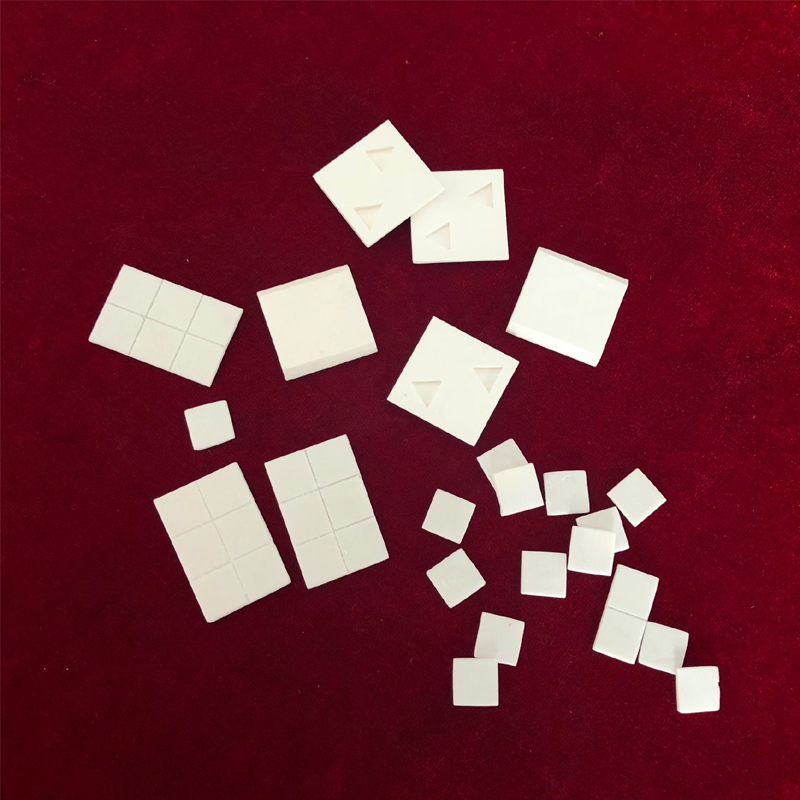Alumina ceramics for semiconductors

Alumina ceramics are widely used in various components of semiconductor manufacturing equipment. For example, in chemical vapor deposition (CVD) equipment, the reaction chamber components made of alumina ceramics can withstand harsh environments such as high temperatures and chemical corrosion, ensuring the stability and consistency of the reaction process. In lithography equipment, alumina ceramics are used to manufacture high-precision optical platforms and load-bearing components, and their high hardness and dimensional stability help ensure the accuracy and repeatability of lithography.
With the development of semiconductor devices towards miniaturization and high performance, the requirements for electronic packaging materials are also increasing. Alumina ceramics have good thermal conductivity, electrical insulation, and mechanical properties, which can effectively dissipate the heat generated by the chip while protecting the chip from external environmental influences. For example, in multi-layer ceramic packaging (MLCC), alumina ceramic serves as the substrate material, providing reliable electrical connections and physical support for the chip.
Alumina ceramics have excellent chemical stability and high temperature resistance, making them an ideal material for manufacturing semiconductor sensors. For example, in gas sensors, alumina ceramics serve as carriers for sensitive components, which can work stably in harsh environments such as high temperature and high humidity, and have high sensitivity and selective detection capabilities for specific gases. In pressure sensors, the high mechanical strength and stability of alumina ceramics can ensure that the sensor can accurately measure pressure changes even under long-term stress conditions.
The alumina ceramic planar spiral inductor made by semiconductor technology can increase the self harmonic frequency of the inductor. By using a network analyzer single ended method to test its S value, the inductance and Q values can be derived. Research has shown that electrode parameters such as electrode width, electrode spacing, electrode turns, and coil radius have a significant impact on its inductance value and quality factor. In the low-frequency range, the test results are consistent with the simulation results, but as the frequency increases, the difference increases due to the parasitic effect of the test probe.

